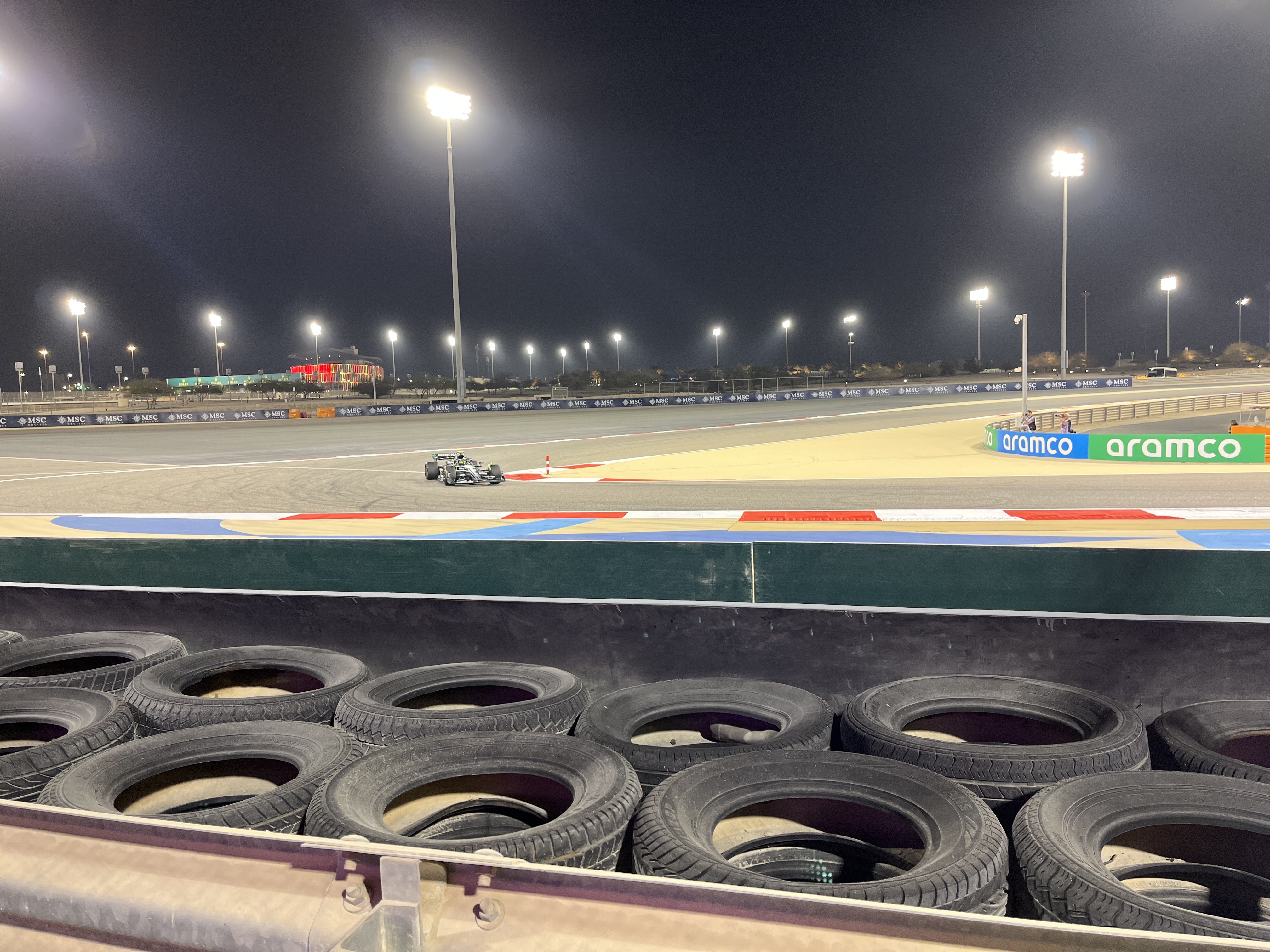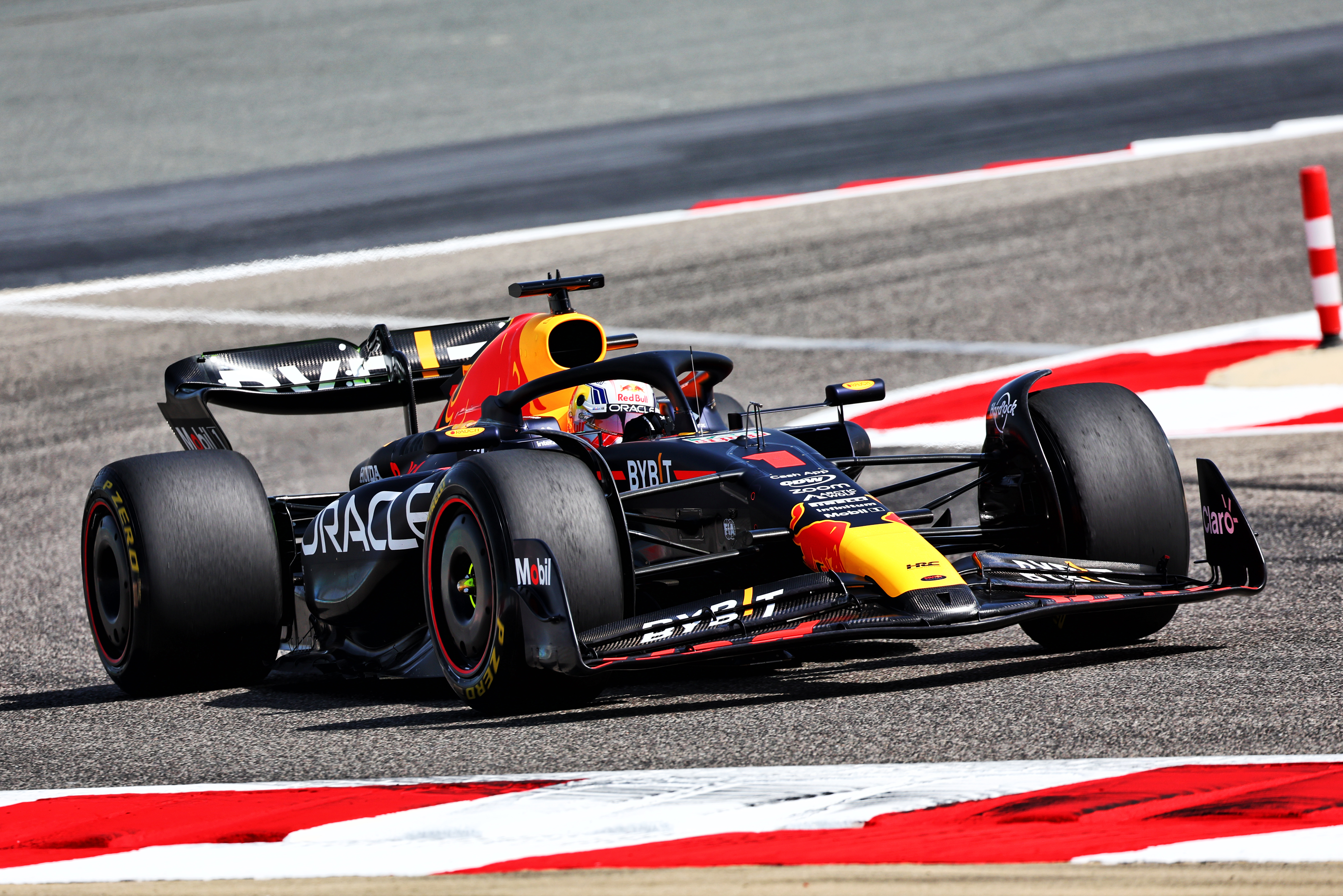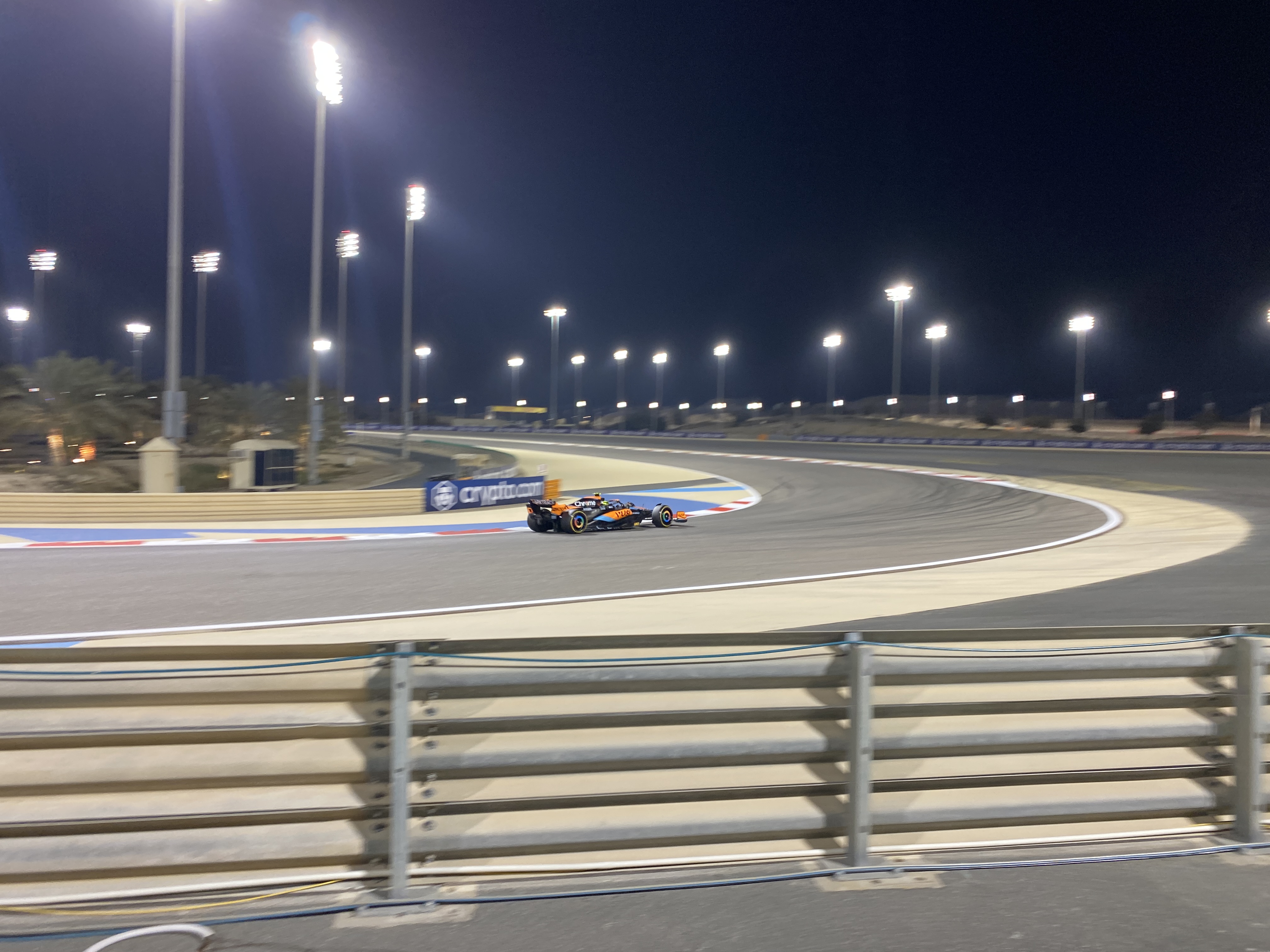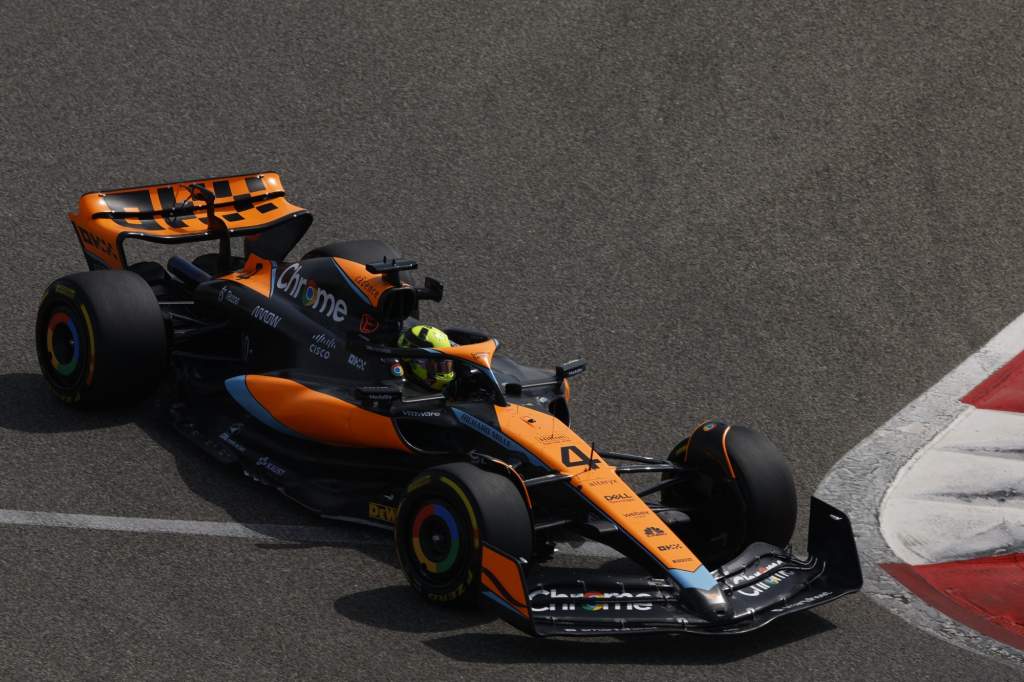Up Next

Laptimes tell part of the story, but the ‘body language’ of a racing car doesn’t lie, so The Race always takes time to take a look from trackside during Formula 1 testing.
Scott Mitchell-Malm and Edd Straw headed out to different parts of the Sakhir circuit towards the end of the opening day to get their first impressions of the class of 2023.
All the usual caveats apply around different run programmes, fuel loads and tyres. But some of the performance and handling traits that will define the 2023 season have started to emerge.
SCOTT MITCHELL-MALM
Turn 10

The double-left of Turns 9 and 10 is a great place to watch the drivers try to scrub off as much speed as possible while the cars are loaded up and the track is falling away.
It’s so challenging that it makes it tough to distinguish between driver error and a recalcitrant car. But spend enough time watching – the final hour in full, in our case – and trends do appear.
There is no reason to think the Red Bull is not the quickest car based on this evidence. Bar one or two moments of Max Verstappen over-eagerness (when he visibly takes too much speed in) it looks very well-poised, with a positive front end and no sign of the rear breaking away. On two occasions the car is even brought under control when it looks like overshooting the corner is inevitable.

The sense of speed is consistently impressive, whereas the Mercedes and Ferrari are a little bit more hit-and-miss for different reasons. Lewis Hamilton has a couple of corrections as the rear steps away mid-to-exit, while Charles Leclerc tends to battle mid-corner understeer. The Mercedes looks like it has more bite on the front in general but is not immune to some understeer of its own as the stints wear on.
Generally, the top three teams from last year look superior. Although there is one obvious way in which Fernando Alonso and Aston Martin are just as impressive, if not more: Alonso’s effort. He is visibly pushing the car more than anyone else. It results in a few moments (including one big lock-up) but also makes it no surprise to learn he has also posted a hot lap when we return to the media centre.
The rest of the midfield is an impossible-to-separate mess in such a short space of time, each car with its own vices. These are just more pronounced at such a corner.
Valtteri Bottas comes through on a long run in which his Alfa Romeo looks very well-balanced until the final three laps, where the lock-ups gradually become more severe.
Not enough is seen of Esteban Ocon in the Alpine to make a proper judgement, but main 2022 rival McLaren – with Lando Norris driving – is off to an inauspicious start. It never looks terrible, but nor does it look convincing. That a big lock-up while behind Leclerc is the main observation, over any particularly positive trait, is more bad than good.
One oddity is the amount of floor scraping that can be heard on the Haas. There is a hint of this from the Alfa Romeo but nowhere near as severe. The extent of the sparks down the straight further suggests Haas may have been running the car a bit too low at this point.
EDD STRAW
Turn 11

Turn 11 at the end of the back straight presents a very different challenge. It’s a long, quick, uphill left-hander with the drivers usually dropping down to fourth gear briefly.
On my arrival at the corner in the evening, the first car to come through is Ocon’s Alpine. He’s mightily committed on entry, but that initial positive impression is undermined by him running deep!
It’s no great surprise that the Red Bull and the Ferrari stand out, with Verstappen and Leclerc able to roll the car into the corner positively and get the desired rotation. The Red Bull just looks well-balanced and quick, with the Ferrari appearing to be its equal.
The Mercedes is perhaps the most eye-catching in that it rotates extremely positively on entry. And dependably so, as although Hamilton occasionally had a wobble at exit through being aggressive on the throttle, that positive turn-in generally didn’t translate into a significant over-rotation and require a big correction. It’s much more convincing than this time last year, with no obvious porpoising problem.
The Aston Martin in the hands of Alonso makes a positive impression among the midfield cars, although he is very obviously pushing. Whenever an adjustment is needed, the car responds.
The Alfa Romeo generally looks solid, although it’s starting to exhibit a hint of turn-in uncertainty as the stint progresses and the tyres start to go away from Bottas.
As for the Williams, it doesn’t look stunningly fast but it looks consistent and predictable with no obvious signs of reacting badly to the slight gusts of wind.
The McLaren seems a little inconsistent. It’s difficult to make a fair judgement based on one snapshot of running but there were a couple of occasions when Norris wasn’t able to get the car turned in as hoped, leading to some variance in lines. Perhaps a hint of last year’s problems with a car he characterised as often being on a knife-edge?
The AlphaTauri looked a little uncertain at the rear on entry, with Nyck de Vries having to correct it on a couple of occasions – although it responded well enough.
These are just the first, incomplete impressions of the cars from trackside.
We will be watching plenty more throughout the final two days of testing to build up a more comprehensive picture, but based on our first impressions it looks very encouraging for Red Bull.






